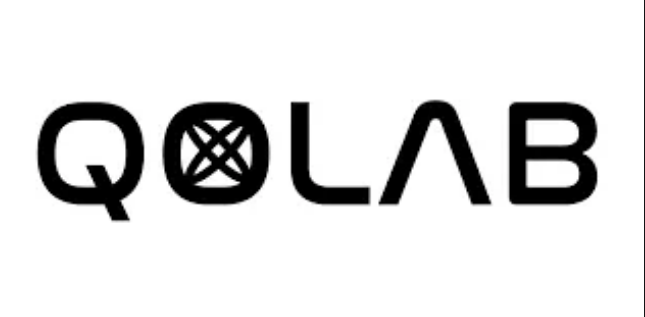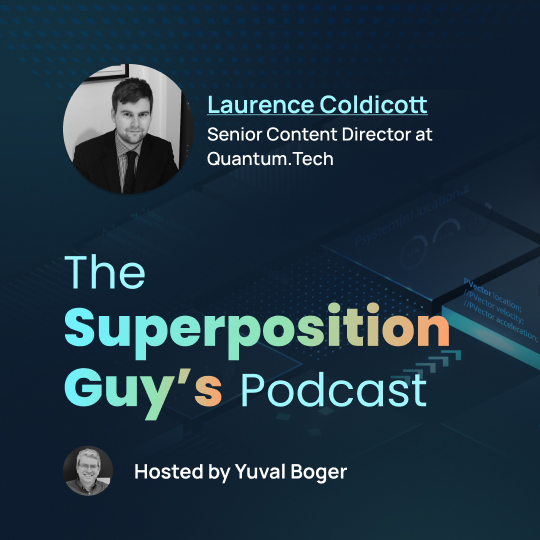Insider Brief
- UBC researchers have proposed a silicon chip that converts microwave signals to optical ones — and vice versa — with up to 95% efficiency and near-zero noise, potentially enabling scalable quantum networks.
- The device maintains quantum entanglement during conversion, overcoming a key obstacle to linking quantum computers over long distances via fiber optic cables.
- Built on existing chip manufacturing methods, the design uses magnetic defects in silicon and superconducting components to operate efficiently at ultra-low power.
- Image: The team meets in their UBC Blusson QMI laboratory. (Paul Joseph)
PRESS RELEASE — UBC researchers are proposing a solution to a key hurdle in quantum networking: a device that can “translate” microwave to optical signals and vice versa.
The technology could serve as a universal translator for quantum computers—enabling them to talk to each other over long distances and converting up to 95 per cent of a signal with virtually no noise. And it all fits on a silicon chip, the same material found in everyday computers.
“It’s like finding a translator that gets nearly every word right, keeps the message intact and adds no background chatter,” says study author Mohammad Khalifa, who conducted the research during his PhD at UBC’s faculty of applied science and Blusson Quantum Matter Institute (UBC Blusson QMI).

“Most importantly, this device preserves the quantum connections between distant particles and works in both directions. Without that, you’d just have expensive individual computers. With it, you get a true quantum network.”
How it works
Quantum computers process information using microwave signals. But to send that information across cities or continents, it needs to be converted into optical signals that travel through fibre optic cables. These signals are so fragile, even tiny disturbances during translation can destroy them.
That’s a problem for entanglement, the phenomenon quantum computers rely on, where two particles remain connected regardless of distance. Einstein called it “spooky action at a distance.” Losing that connection means losing the quantum advantage. The UBC device, described in npj Quantum Information, could enable long-distance quantum communication while preserving these entangled links.
The silicon solution
The team’s model is a microwave-optical photon converter that can be fabricated on a silicon wafer. The breakthrough lies in tiny engineered flaws, magnetic defects intentionally embedded in silicon to control its properties. When microwave and optical signals are precisely tuned, electrons in these defects convert one signal to the other without absorbing energy, avoiding the instability that plagues other transformation methods.
The device also runs efficiently at extremely low power—just millionths of a watt. The authors outlined a practical design that uses superconducting components, materials that conduct electricity perfectly, alongside this specially engineered silicon.
What’s next
While the work is still theoretical, it marks an important step in quantum networking.
“We’re not getting a quantum internet tomorrow—but this clears a major roadblock,” says the study’s senior author Dr. Joseph Salfi, an assistant professor in the department of electrical and computer engineering and principal investigator at UBC Blusson QMI.
“Currently, reliably sending quantum information between cities remains challenging. Our approach could change that: silicon-based converters could be built using existing chip fabrication technology and easily integrated into today’s communication infrastructure.”
Eventually, quantum networks could enable virtually unbreakable online security, GPS that works indoors, and the power to tackle problems beyond today’s reach such as designing new medicines or predicting weather with dramatically improved accuracy.
Link to paper: https://www.nature.com/articles/s41534-025-01055-4


















